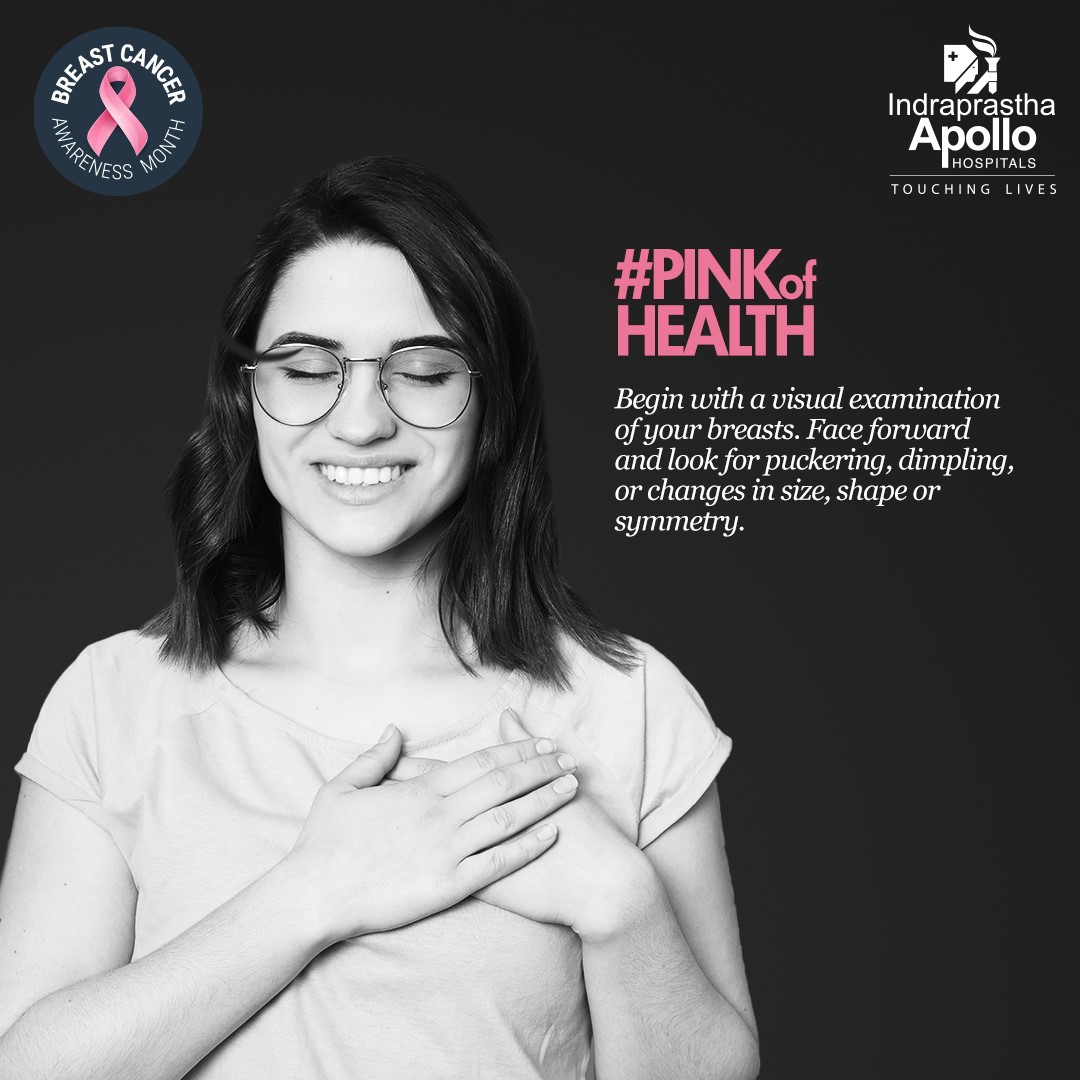Cosmetic surgeries that are performed on the breasts are generally done to improve the shape, size, or fullness of the breasts. Some women may have over-developed, poorly developed, or underdeveloped breasts because of hormonal imbalances, genetic makeup, or even due to some diseases. While inadequately developed or undeveloped breasts can lead to social, emotional, and breastfeeding issues, hypertrophic or overdeveloped breasts can often cause embarrassment or even lead to medical conditions like pain in the breasts, back, shoulder, or neck. Also, in a situation where a patient is diagnosed with malignant or benign tumours in their breasts, they can end up with misshapen, mutilated, or painful breasts. Correcting these conditions is possible with the help of reconstructive surgery that is performed by qualified plastic surgeons. Cosmetic surgery of the breasts is also known as mammoplasty. It can be divided into four categories, which have been discussed below:
1. Breast Augmentation (Augmentation Mammoplasty)
In this process, fat transfer or implants are used to enhance the breasts. It can also help restore the volume of the breasts that may have been lost after pregnancy or after weight reduction, to improve their natural symmetry, or to achieve rounded breasts.
Breast augmentation or the correction of any defects associated with previous surgeries or medical conditions may also be performed using fat grafting (lipo-modelling). This type of technique provides excellent results, has low rates of complications, and also has high patient acceptance. Lipomodelling is also considered to be a good alternative for the treatment of conditions like breast asymmetries, tuberous breasts, and pectus excavatum. Despite misconceptions that used to surround breast augmentation, a number of studies have shown that women who get implants do not face an increased risk of suffering from breast cancer, which has made the process more accepted than before.
2. Breast Reduction Surgery
Women who experience symptoms like regular neck pain and back pain or rashes beneath their breasts because of over-developed breasts are the best candidates for breast reduction surgery. This process involves the removal of breast tissue, excess skin, and fat. Most women feel relief from their symptoms post-surgery. After the surgery, patients may feel a change in sensations in their breasts and may even find themselves unable to breastfeed, depending on the technique that is used This procedure is known to have excellent long-term patient satisfaction records.
3. Breast Reconstruction
Generally, breast reconstruction surgery is done for women who have undergone mastectomy as a treatment for breast cancer. In this procedure, a breast is recreated with the desired look, volume, and contour with implants or with women’s own tissue that is taken from the fat, back muscle, or lower abdominal wall. The procedure also recreates the areola and nipple. Breast reconstruction can be performed at any time after the mastectomy. Some forms of reconstruction can even reverse the ill-effects of previous surgery and radiation. Breast cancer surgery is usually considered incomplete if the option of reconstruction isn’t given to the patients in order to make them feel normal again.
4. Breast Lifts (Mastopexy)
Some women have skin that does not have the strength or is not resilient enough to support the weight of the breast. This results in sagging. For providing a lift to the breasts, excess skin needs to be removed or sometimes even augmented at the same time.
Patients should be aware of their expectations and concerns and should review the alternatives, risks, and advantages of the surgery before going ahead with it. While breast surgery has become much more common in recent times, it is important to be well aware of all that is involved in the procedure before opting for it.


